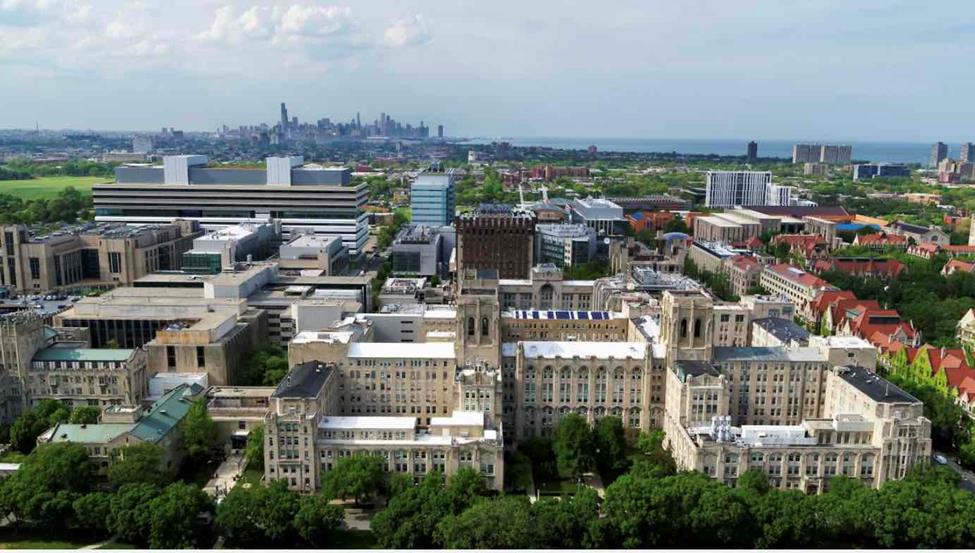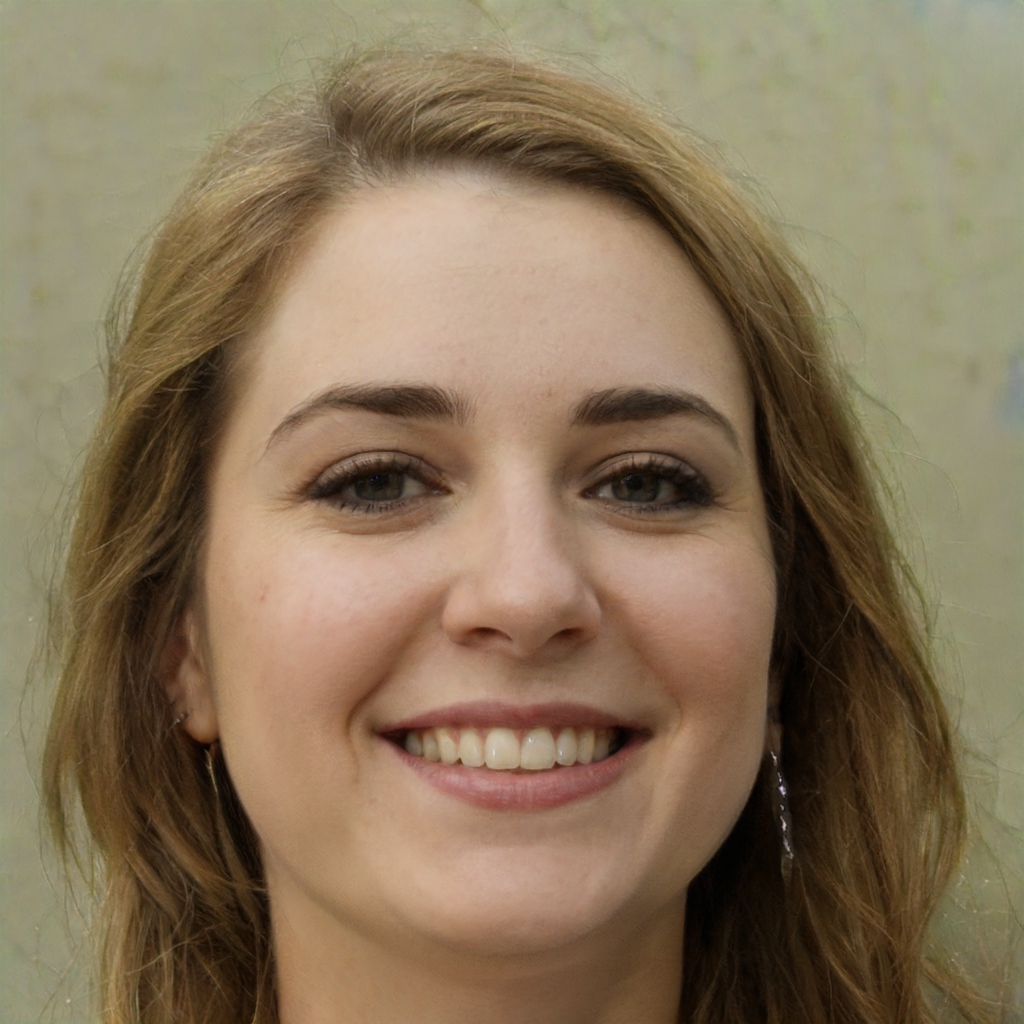Turnarounds are Talent Magnets: University of Chicago Medical Center
0 View
Share this Video
- Publish Date:
- 13 November, 2023
- Category:
- Fitness
- Video License
- Standard License
- Imported From:
- Youtube
Tags
By JEFF GOLDSMITH

Like birds of a feather, talent in healthcare management often gathers in flocks. The University of Minnesota, University of Michigan and University of Iowa healthcare management programs are all justly famous for graduating, over many decades, an exceptional number of future transformative healthcare leaders. But sometimes, talent comes from the “street”- challenging healthcare turnarounds that attract risk-taking leaders who, in turn, gather young talent around them. The University of Chicago’s urban academic health center has been one of these places.
The U of C was (and remains) the largest care provider on Chicago’s troubled South Side, a vast urban landscape that struggled economically and socially for more than seventy years with intractable poverty and violence. Like other major teaching hospitals in challenging neighborhoods–the Bronx’s Montefiore and Harlem’s Columbia-Presbyterian come to mind–all the management challenges of running complex academic health center are magnified by coping with huge flows of Medicaid and uninsured urban poor.
In 1973, President Edward Levi appointed Daniel Tosteson, who was then Chair of Pharmacology and Physiological Sciences at Duke University, to be Dean of the Pritzker School of Medicine and Vice President for the University of Chicago’s troubled Medical Center. Tosteson was a charismatic basic scientist with no prior experience running a 700-bed urban teaching hospital. He arrived in the middle of a severe Illinois’ fiscal crisis, and a horrendous Medicaid funding challenge (31% of the Chicago’s patients were Medicaid recipients). Chicago’s clinical chairs who led the recruitment of Tosteson also played a crucial role in the subsequent turnaround–notably Dr David Skinner, Chair of Surgery and Dr. Al Tarlov, Chair of Medicine, and Dr. Daniel X Freedman, Chair of Psychiatry.
To renew the Medical Center, Tosteson recruited an experienced clinical manager, Dr. Henry Russe from competitor Rush Presbyterian St-Lukes, as his Chief Clinician. But Tosteson went off the reservation and hired a 34 year old economist named David Bray, who was Executive Associate Director of the White House Office of Management and Budget (responsible for the national security and intelligence agencies) as his Chief Financial Officer. He also named John Piva, formerly of Johns Hopkins, his Chief Development Officer. To revitalize Chicago’s principal affiliate, Michael Reese Hospital, he recruited as its President, Dr. J. Robert Buchanan, then Dean of Cornell Medical College. And he recruited me, at age 27, from the Illinois Governor’s Office, as his government affairs lead and special assistant.
Tosteson’s stay at Chicago was brief. He fell out with Levi’s successor, President John Wilson and left in 1975 after only two years to become Dean at the Harvard Medical School. But something remarkable happened in the following seven years: the team assembled by Tosteson rallied to continue the turnaround. A veteran Chicago basic scientist Robert Uretz succeeded Tosteson and he appointed Bray as CEO of the Medical Center. Bray in turn recruited a brace of ambitious young people to help revitalize the medical center. Bray recruited Anthony Speranzo as his Chief Financial Officer and Richard Henault as his Chief Operating Officer, both in their early 30s.
However, Illinois’ economy continued to deteriorate, taking down the steel industry which anchored the South Side’s manufacturing economy. With two more serious recessions in 1979 and 1981-82, there came a succession of Medicaid funding crises. The Medical Center also struggled with a difficult IT system conversion which damaged its financial position. In 1985, financial pressures forced University President Hannah Gray to change managements–appointing her Budget Director Ralph Muller, who had no previous healthcare management experience, as President of the Medical Center.
Bray had followed Tosteson to Harvard in 1982 and became Dean for Management at Harvard Medical School. He was the architect not only of Harvard’s successful partnerships with major pharmaceutical manufacturers but also a major expansion of HMS research facilities. Bob Buchanan became President of the Massachusetts General Hospital, Harvard’s principal teaching hospital affiliate, in 1983. Buchanan’s CFO at Michael Reese, John Gunn, went on to run Memorial Sloan Kettering Medical Center in New York for more than two decades. In 1983, Piva left Chicago to become Exec VP for Development at Duke and went on to raise over $3 billion in successive and oversubscribed fundraising campaigns.
The Chicago clinical chiefs went on to stardom. Skinner went on to become President of the New York Hospital and architect of the merger with Columbia Presbyterian in 1998. Al Tarlov became President of the Henry J Kaiser Family Foundation in 1984. Daniel Freedman elected President of the American Psychiatric Association in 1981. Russe became Dean of the Rush Medical College.
Bray’s team also found leadership opportunities after Chicago. After a brief career in banking, Speranzo went on to St Josephs of Orange in California as CFO, and eventually became Executive VP/Finance for Ascension Health, where he oversaw a dramatic expansion in Ascension’s capital base. He is today head of Ascension Capital. Henault returned to New Orleans as COO of Methodist Health System, and became chair of the American College of Healthcare Executives in 2003. Henault’s Chief of Staff, Janet Guptill, became President of the Scottsdale Institute.
Ralph Muller was President of the University of Chicago’s Medical Center for an eventful sixteen years, during which the Medical Center separated itself corporately from the University and embarked on a huge capital replacement program. He also recruited a succession of talented young leaders to his management team- Ken Bluhm, Steve Lipstein, Lawrence Furnstahl, Michael Riordan, Ken Cates–who all went on to run major medical centers or health systems. Bluhm at Stanford and Georgetown, Lipstein at BJC/Washington University, Cates at Iowa, Furnstahl at Oregon, and Riordan at Greenville/Prisma in South Carolina. Muller’s strategy lead Christine Malcolm went on to consulting/thought leadership roles at APM and University Hospital Consortium before running Kaiser’s $20 billion capital replacement program.
Muller left the University of Chicago after sixteen years, and after a brief sabbatical with the Kings Fund in London, became Chief Executive of Penn Medicine in Philadelphia and led perhaps the most successful turnaround of a major academic medical center in the past twenty five years. Riordan succeeded Muller in 2003. Riordan’s VP for community affairs and external relations, Michelle Obama, became First Lady of the United States.
The Medical School side of University of Chicago Medical Center produced two Deans who also became successful turnaround leaders: Dr. Glenn Steele, who led Geisinger from 2003 to 2015 and Dr. James Madara, who became Executive VP of the American Medical Association in 2011. The Social Sciences Division of the University contributed significant academic health education leaders: Stephen Shortell, who became Dean of Public Health at the University of California at Berkeley and Lawton Burns, who chaired the Health Management Department at Wharton School of Finance at Penn. (A classmate of theirs and ours in the Sociology Department, Theresa Sullivan, became President of the University of Virginia).
Most of the Medical Center turnaround took place under Stanford Goldblatt’s Board Chairmanship. He was materially aided by his North Shore trustee colleagues John Mabie and Mike Koldyke. Goldblatt was succeeded in his Chairmanship role by Paula Wolff, who worked for Governor Jim Thompson and became President of Governors State University.
The unique challenges of turning around and strengthening this large urban academic health center attracted a remarkable array of talented young managers. Bray, Muller, Speranzo, Steele, Gunn and Piva generated either through earnings, investments or philanthropy multiple billions of dollars for their respective institutions. The fact that this twenty-year span produced so many young leaders who went on to greatness in other institutions should tell you that adverse circumstances often attract risk takers who grow through challenge.
Jeff Goldsmith is a veteran health care futurist, President of Health Futures Inc and regular THCB Contributor. This comes from his personal substack













